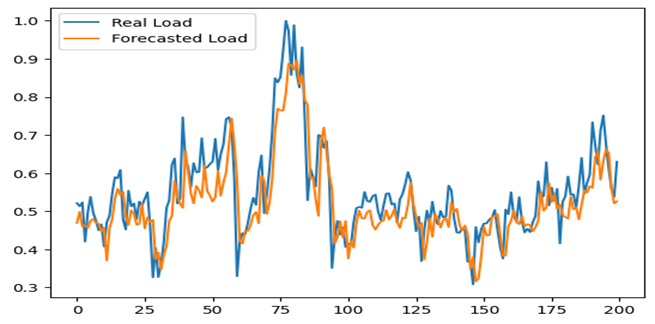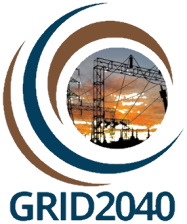Electric load forecasting is the process of estimating the future electricity demand for a particular region of the power system. It is the science of estimating future load patterns. The primary goal of load forecasting is to predict the amount of electricity that will be consumed at different time intervals, typically ranging from a few minutes to several years in advance.

Why is load forecasting needed?

Load forecasting involves the fundamental principle of balancing supply and demand. Grid operators can adjust power generation and distribution to match the expected demand by accurately predicting electricity load patterns. Electric power is challenging to store in large quantities, and load forecasting becomes even more crucial in such circumstances. This proactive approach prevents under or overutilization of resources, mitigates the risk of blackouts or equipment failures, and ensures a seamless and reliable power supply for consumers.
Balancing supply and demand within a power system is vital for grid stability, equipment protection, voltage and frequency control, energy market efficiency, and customer reliability. By maintaining this delicate equilibrium, power systems can deliver a reliable, sustainable, and cost-effective electricity supply to meet the needs of consumers and support the overall functioning of modern societies.
Load forecasting is also crucial for grid planning and expansion strategies. By analyzing historical data, seasonal variations, and emerging trends, power system planners can make informed decisions regarding the required capacity, infrastructure upgrades, and infrastructure expansion. It helps identify areas with potential load growth and enables proactive planning for installing new power generation plants, transmission lines, and distribution infrastructure. Without load forecasting, grid planning becomes challenging, leading to potential issues such as power shortages, system overloads, and reduced grid reliability. Accurate load forecasting ensures that the grid is adequately equipped to meet the increasing electricity needs of consumers and supports the seamless expansion and development of the power system. Load forecasting provides critical insights into capacity requirements, helping to optimize system design, minimize transmission losses, and efficiently allocate resources to meet future demand.
